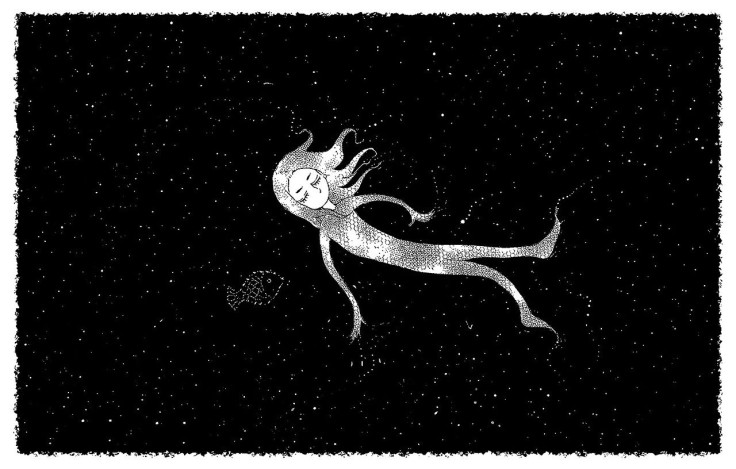Have Insomnia? Researchers Identify Brain Circuit Responsible For Wakefulness, Sleep

The way brain circuits control sleep-wake cycles and consciousness is considered an enigma in modern neuroscience. An understanding of these systems is crucial for any chance of developing better therapies for sleep issues, so intensive experimental research in the area is wanted. Alongside fellow researcher Carolina Gutierrez Herrera and a team from Germany, Antoine Adamantidis has made an important discovery in the field: a new brain circuit in mice whose activation causes rapid wakefulness while its inhibition deepens sleep.
Mammalian sleep has been divided into two separate phases: The non-rapid eye movement sleep (a light sleep) and REM sleep (a deep, dreaming state). Scientists have identified brain structures important to the system before, but the precise underlying mechanisms, like the onset, maintenance, and termination of sleep and dream states, have remained stubbornly hidden. In their new research, published in Nature Neuroscience, Gutierrez Herrera and Adamantidis find a new neural circuit between the hypothalamus and thalamus, the two brain structures known to be associated with EEG (electroencephalogram) rhythms during sleep.
Activating the unit, through a recent technology called optogenetics, caused the termination of light sleep. In contrast, inhibiting the unit stabilized light sleep, and even increased its intensity. This suggests that the hyperactivity of this unit could be responsible for insomnia and hypo-activity for hypersomnia, which could then allow researchers to target the circuit with new therapies for sleep disorders.
The new circuit abilities, however, aren't limited to sleep. The team found that its activation also precipitates emergence from anesthesia or a recovery of consciousness — "an exciting discovery since therapeutic approaches to recover from a vegetative or minimally conscious state are quite limited," Adamantidis said.
Some non-selective deep brain electrical stimulation has been used with success, but the brain mechanisms involved are still unclear. Thanks to the new study, Adamantidis, Gutierrez Herrera, and their team may have nailed down the specific brain circuit critical for the recovery of consciousness.
These new developments open a door for researchers to begin work on new treatments for sleep perturbations, and provide a first step in arousing patients from a vegetative or minimally conscious state. Chronic sleep perturbations, like insomnia, affect 10 to 20 percent of the population of Sweden, while sleep problems are known to plague other populations as well.
"The consequences of sleep perturbations on life quality go far beyond daytime sleepiness and mood alteration," Adamantidis, who's also a professor in the department of clinical research at the University of Bern, said in a press release. "Cognitive impairment, hormonal imbalance and high susceptibility to cardiac or metabolic disorders are amongst some of the negative impacts frequently associated with subtle chronic sleep problems."
Issues with quality or quantity of sleep are now seen as early markers of certain neurological disorders, including Parkinson's disease, Alzheimer's disease, and schizophrenia.
Still, Adamantidis said that "even though we made an important step forward now, it will take some times before novel therapeutic strategies will be designed based on our results."
Source: Gutierrez Herrera C, Carus Cadavieco M, Jego S, Ponomarenko A, Korotkova T, Adamantidis A. Hypothalamic feedforward inhibition of thalamocortical network controls arousal and consciousness. Nature Neuroscience. 2015.
Published by Medicaldaily.com



























